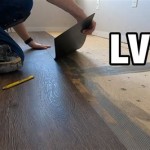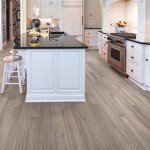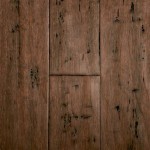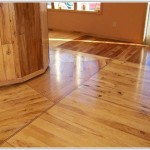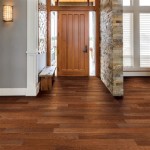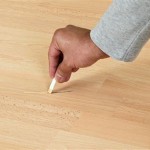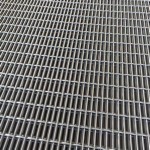3/4-Inch Thick Engineered Wood Flooring: A Guide to Its Essential Aspects
3/4-inch thick engineered wood flooring offers a combination of natural beauty and durability, making it a popular choice for homeowners and designers. This flooring type consists of a hardwood veneer layer, typically made from oak, maple, or hickory, bonded to a core constructed from multiple layers of plywood or high-density fiberboard (HDF). In this article, we'll explore the essential aspects of 3/4-inch thick engineered wood flooring, including its benefits, drawbacks, installation methods, and maintenance requirements.
Benefits of 3/4-Inch Thick Engineered Wood Flooring
3/4-inch thick engineered wood flooring comes with several advantages. Firstly, its significant thickness provides exceptional stability and durability, making it resistant to heavy foot traffic and minor impacts. Secondly, the multilayer construction enhances moisture resistance compared to solid hardwood planks, making it suitable for areas with moderate humidity levels. Additionally, engineered wood flooring is compatible with various subfloor types, including concrete, plywood, and OSB, offering installation versatility.
Drawbacks of 3/4-Inch Thick Engineered Wood Flooring
While 3/4-inch thick engineered wood flooring offers many advantages, it does have some limitations. Its thicker profile may make it less suitable for areas with low ceilings or uneven subfloors. Furthermore, the thicker core may require more sanding and refinishing steps during installation, adding to the overall project cost. It's important to note that the maintenance requirements for engineered wood flooring may differ from those of solid hardwood planks, such as occasional waxing.
Installation Methods for 3/4-Inch Thick Engineered Wood Flooring
Professional installation is highly recommended for 3/4-inch thick engineered wood flooring to ensure proper performance and longevity. Two main installation methods are commonly used: nailing and floating. Nailing involves securing the planks directly to the subfloor using nails or staples. Floating involves assembling the planks with glue or a locking system, which allows them to float over the subfloor with a thin underlayment providing cushioning. The choice of installation method depends on the subfloor type and specific project requirements.
Maintenance Requirements for 3/4-Inch Thick Engineered Wood Flooring
Maintaining 3/4-inch thick engineered wood flooring requires regular cleaning and periodic refinishing. Routine cleaning involves sweeping or vacuuming to remove dirt and debris. For spills and stains, wiping with a damp cloth is usually sufficient. Avoid using abrasive cleaners or excessive moisture. Refinishing may be necessary over time to restore the original appearance and protect the wood, depending on the wear and tear. The frequency of refinishing varies based on usage and maintenance practices.

3 4 Inch Thick Engineered Baltic Birch Ply 5 8 Mm Wear Layer

3 4 Inch Thick Engineered Baltic Birch Ply 5 8 Mm Wear Layer

3 4 Inch Thick Engineered Baltic Birch Ply 5 8 Mm Wear Layer

Engineered Hardwood Flooring Vermont Wide Plank

3 4 Inch Thick Engineered Baltic Birch Ply 5 8 Mm Wear Layer

3 4 Inch Thick Engineered Baltic Birch Ply 5 8 Mm Wear Layer

4 3 X 1 2 Acacia Hand Sc Prefinished Engineered Hardwood Flooring

Bruce American Originals Natural Red Oak 3 4 In T X 1 W Varying L Solid Hardwood Flooring 22 Sqft Case Shd3210 The Home Depot

Hardwood Vs Engineered Wood Flooring Which Is Best For You Forbes Home

Engineered Wood Flooring Size Guide Bvg
Related Posts

